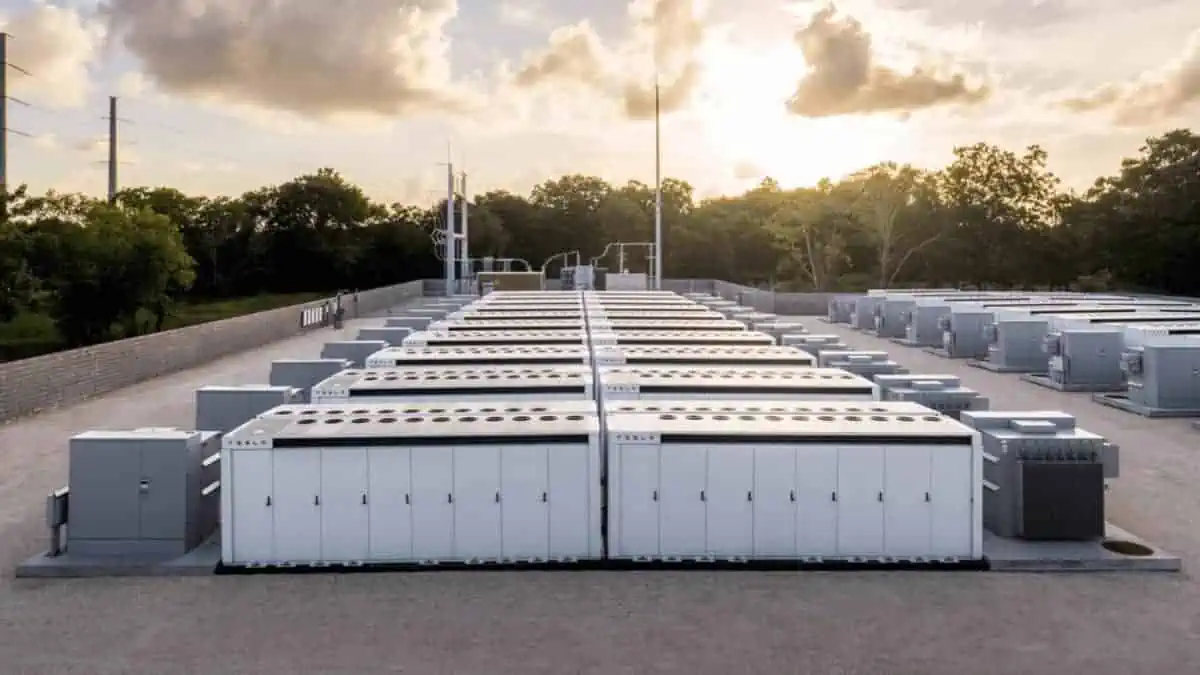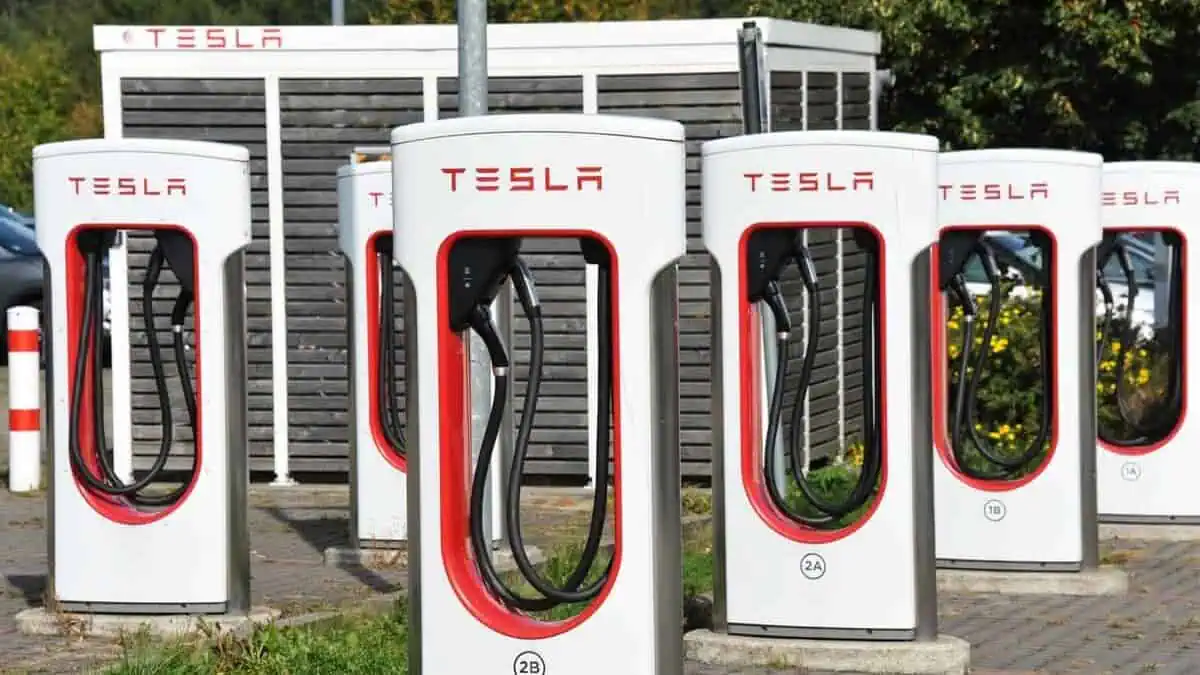Electric vehicle giant Tesla proudly announced another notable achievement in its battery energy storage business (BESS). According to the company’s X post, Megapack hit a 12 GWh operational industrial storage milestone at 99% availability throughout its projects.
The 12 GWh capacity is enough to power as many as 14.4 million households for an hour.
Deployment efforts
Tesla continues to expand the reach of its Megapacks by building energy storage sites across the world, such as the “Big Battery” projects in Australia and Europe.
Teslarati further noted that there are also solar projects in California, a Panasonic test area in Japan, and other countries.
Apart from these, Tesla also installed Megapacks in its own facilities, like the Gigafactory Texas in Austin.
Notably, such battery energy storage systems (BESS) are utilized to aid an electrical grid during peak demand or to offer backup power during emergencies. They can also serve as giant batteries for storing generated power.
Growth prospects
Torque News reported that Tesla’s Megapacks could reach an annual operating industrial storage of 40 GWh at Lathrop and another 40GWh at a new factory in Shanghai.
In hindsight, Tesla CEO Elon Musk previously forecasted that its energy business would match the growth of its electric vehicle unit.
Tesla also indicated in its Master Plan Part 3 its target to reach 240 TWh of energy storage. That said, the company still has a long way to go before it achieves its self-self goal.
About the Tesla Megapack
Tesla’s Megapack website indicated that a Megapack unit can support over 3 MWh of energy. It is apparently sufficient to provide power to 3,600 homes on average for one hour.
“Megapack stores energy for the grid reliably and safely, eliminating the need for gas peaker plants and helping to avoid outages. Each unit can store over 3 MWh of energy—that’s enough energy to power an average of 3,600 homes for one hour.”
Tesla
Tesla currently produces the Megapacks at its Lathrop Megafactory in California, which boasts an annual production capacity of 10,000 units. It equates to about 40 GWh of clean energy storage.






